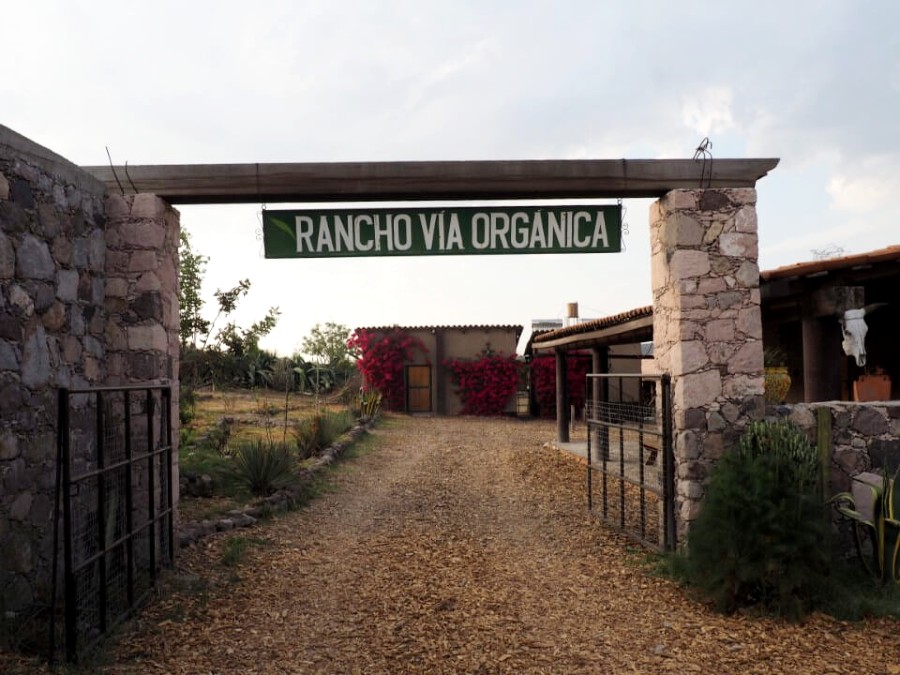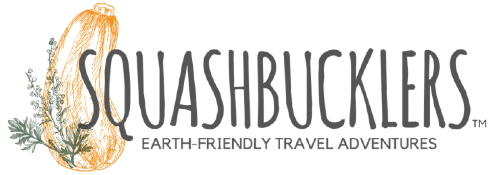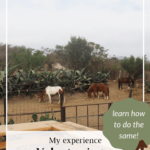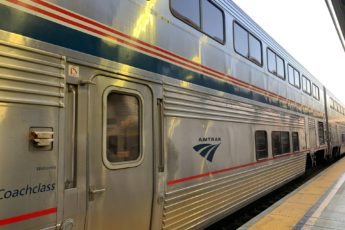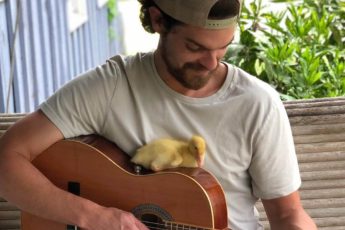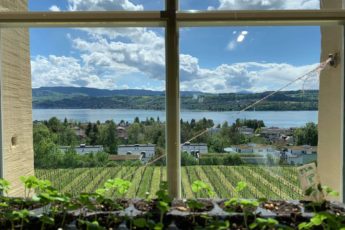In March of 2019, I participated in the first Ecosystem Restoration Camp at the regenerative ranch Vía Orgánica in San Miguel De Allende, Mexico. This is a summary of what each day entailed over the two weeks.
Interested in ecosystem restoration? Check out Ecosystem Restoration Camps and become a member or find a camp to volunteer at.

March 3 – 15, 2019
On March 3rd, around 25 participants from 5 countries came together at the Vía Orgánica Ranch in San Miguel De Allende, Mexico through the partnership between Organic Consumers Association and Ecosystem Restoration Camps.
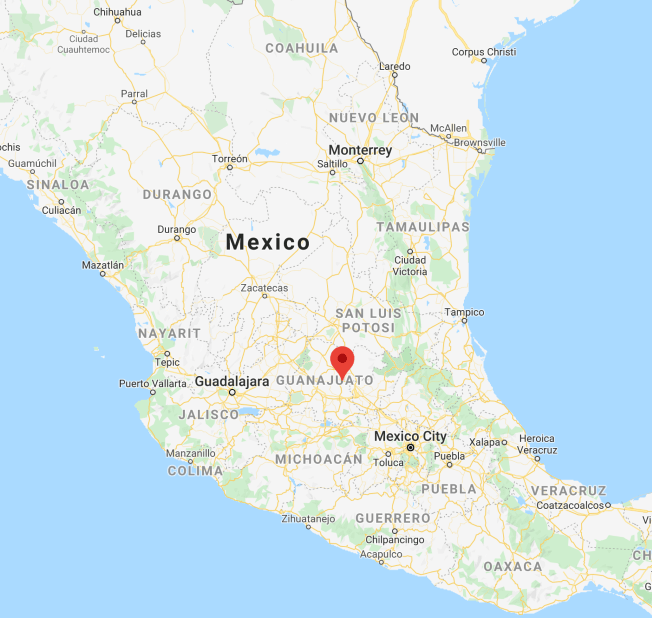
For two weeks, campers learned, worked, lived and ate together with the purpose of gaining knowledge in ecosystem restoration techniques, assisting the ranch workers in their regenerative projects, forming lasting friendships with other motivated earth-enthusiasts, and taking the new information back to their own communities. We enjoyed shared accommodation in traditional adobe buildings, used composting toilets, gathered in one wi-fi enabled room, and ate a diet of regeneratively-grown food from the ranch and surrounding areas. The following documents the very first Ecosystem Restoration Camp program at the Vía Orgánica Ranch.
Monday, March 4th
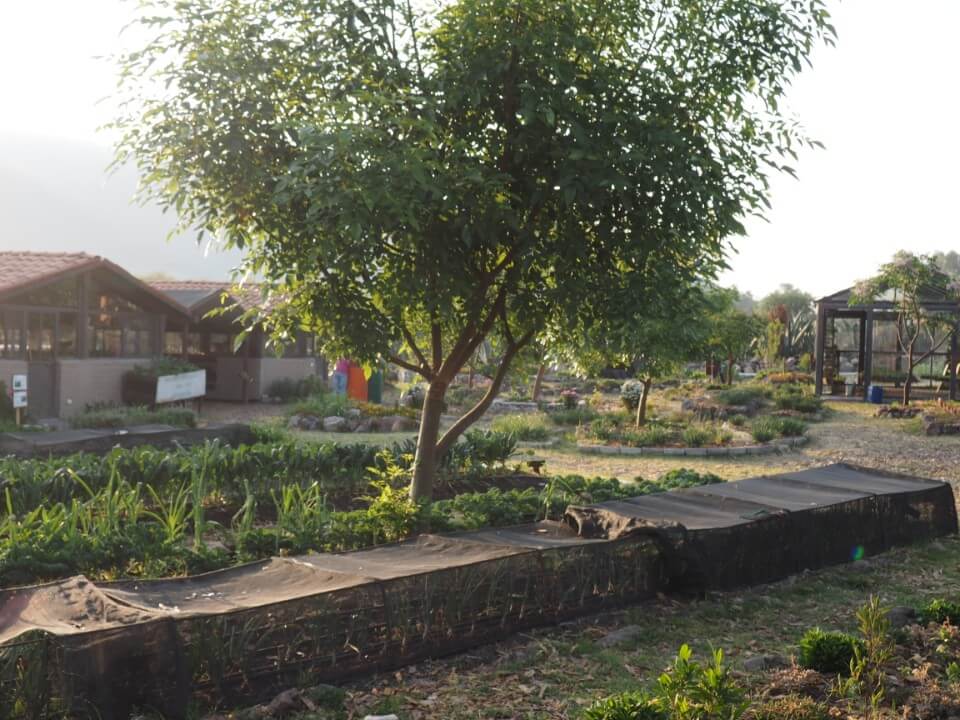
After eating a delicious breakfast next to the lush gardens, all the campers gathered together for an introduction to the program and the Vía Orgánica Ranch by Organic Consumers Association director, Ronnie Cummins. Once each camper and ranch worker introduced themselves, with translation to English or Spanish provided, we were led by Azucena, the Farm School Director, on a tour of the ranch from the educational gardens to the pastured-chicken operation.
Out of the heat of the afternoon sun, we listened to an inspiring talk about the power of regenerative agriculture by John Liu, founder of Ecosystem Restoration Camps. Later on, Gerardo, Vía Orgánica’s regenerative design consultant, began a presentation.
Tuesday, March 5th
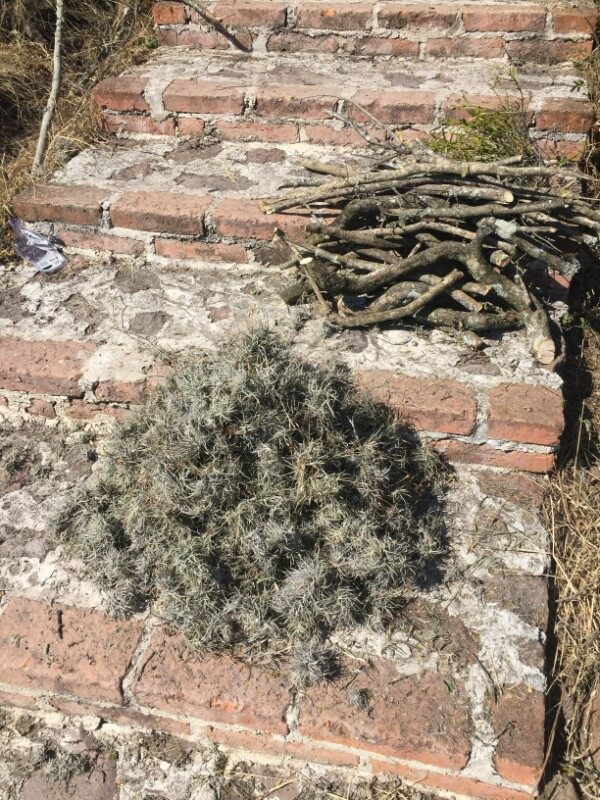
Tuesday morning, we learned how the air plant Paxtle (pronounced pash-lee) becomes parasitic by attaching itself to native trees and blocking their ability to photosynthesize. In just a short time, the campers and ranch workers had pruned the affected trees along the path, broken apart the wood for mulch, and collected the paxtle for a high-protein chicken snack.
After admiring our work, we were given a lesson on the importance of rotational grazing in ecosystem restoration. This technique was demonstrated with a visit to the goats, who were happily chomping away biomass in a small area surrounded by a mobile electric fence. Once the goats have eaten an acceptable amount, they are moved to a new location, a process which allows the land to regenerate using the nutrients from the goat waste and the processing of seeds through their ruminant systems. A holistic grazing system like this one is meant to mimic the movements of a natural herd.
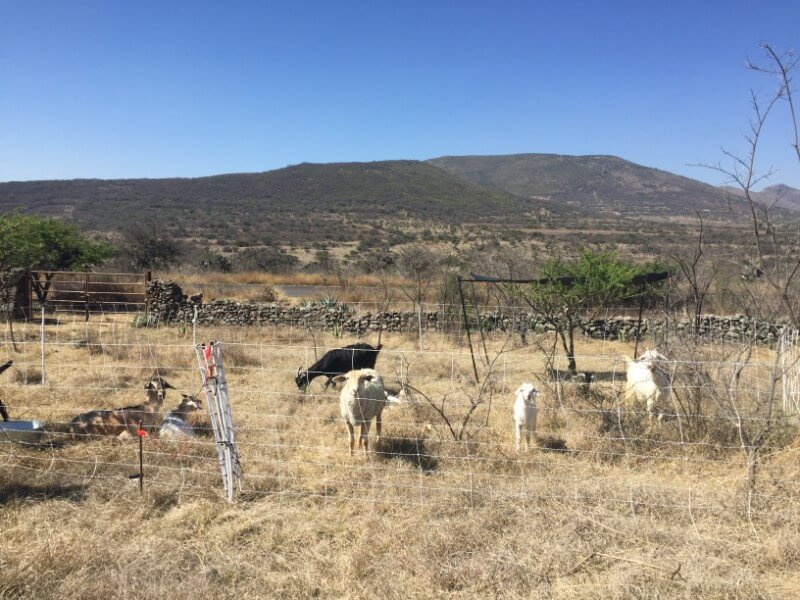
Full from a regeneratively grown lunch, we all gathered to listen to Gerardo teach about using keyline design to direct water and build stable landscapes.
Wednesday, March 6th
Campers spent Wednesday morning removing spiky invasive plants from the chicken area and laying down mulch to help maintain moisture and promote life in the soil. Afterwards, they learned the ranch’s process of creating a microorganism-based feed by soaking undisturbed organic matter collected from the forest in molasses water. It was then applied along the drip line of the newly-planted olive trees around the property.
In the afternoon, we split up in teams to prepare materials for compost which included wetting straw mulch, removing the used litter from the chicken coop, and building frames for the Johnson-Su Bioreactors.
Thursday, March 7th
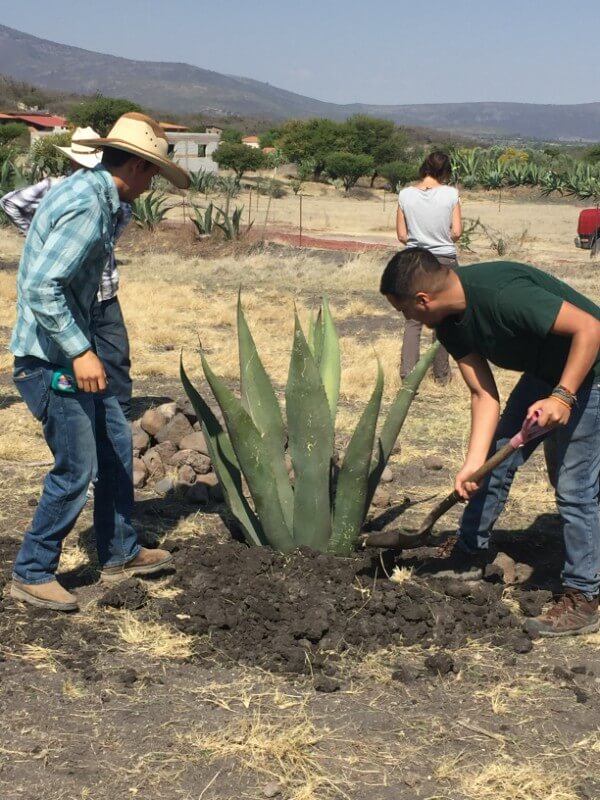
On Thursday, Gerardo gave an overview of his keyline planting design for ancient and native maguey agaves that campers then began to implement on a neighbor’s unused field. Some used the GPS system to mark the keylines while others began digging holes in the dry, compact soil to plant the agave. Over time, the agave will act to improve soil stability, impart nutrients, retain water and to catch sediment which will in turn build mini-ecosystems.
After the tough work in the sun the campers were ready to hear from Rosana, Vía Orgánica’s Director, as she shared the importance of maintaining heirloom corn varieties in Mexico to provide resilient crops and a local economy for Mexicans. Germán, a participatory plant breeder from Mexico City, then gave a passionate presentation about how farmers can produce crops with ideal characteristics by replicating the natural pollination process.
Friday, March 8th
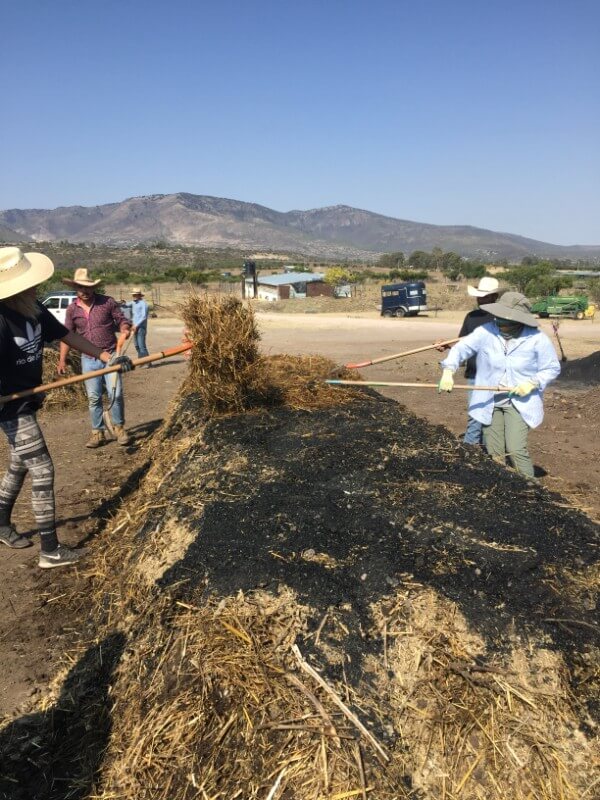
Campers spent the morning building large compost piles from layers of wet straw mulch, cow manure, used chicken litter, biochar and water. These piles are turned every few days and transformed into rich compost in two months. Afterwards, layers of wet mulch, old leaves, coconut fiber, manure and water were added to the Johnson-Su Bioreactors. If the tall, cylindrical piles sit for one year undisturbed, they can yield compost with 10x the amount of fungi normally present in compost and can double the biomass of a crop it’s added to.
Campers were then treated to a demonstration by neighbor Don Manuel who explained the process of harvesting agua miel, the juicy substance that collects in a mature agave plant. When left to ferment for 40 days, it turns into the alcoholic beverage known as pulque.
Saturday and Sunday, March 9-10th
Saturday and Sunday campers hiked and rode horseback to a nice lunch overlooking the valley, partied in town, relaxed at hot springs, and hung out at a pool party by one of the campers.
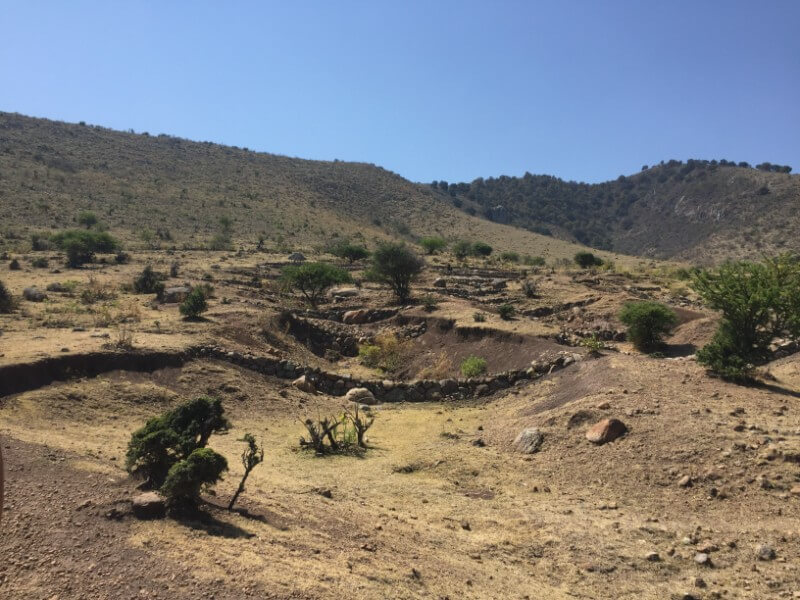
Monday, March 11th
Monday morning, after a fun-filled weekend, campers drove to a piece of community land near the ranch to learn about the local watershed and water capturing methods from Henry Miller, director at El Maíz Más Pequeño A.C. Campers admired the work of local community members who placed different sized stones at specific heights and locations to capture water and, in turn, help prevent the erosion of topsoil and promote new growth and biodiversity in the collected sediment.
In the afternoon, the compost temperatures were checked and the rest of the agave planting was completed by some hardcore campers (it was suuuper hot).
Tuesday, March 12th
The first part of Tuesday morning was spent creating stakes out of piping and old wire and used to secure the young bending trees in the chicken agroforestry area.
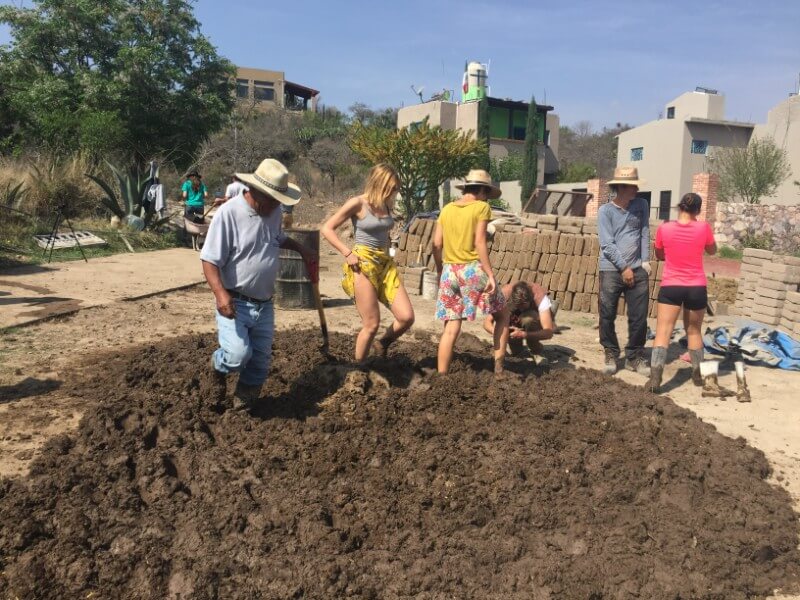
All the buildings at the ranch are made out of natural adobe bricks and sprayed with a cactus spray each year to maintain its water-resistance. Campers were able to see the process first-hand and participate in the creation of new bricks. Official tasks involved stomping around (barefoot, if you please) in a pile of loam, clay, and horse manure, until a smooth consistency is reached. The concoction is then pounded into rectangular molds and set in the sun for 24 hours to dry.
Campers then had the opportunity to learn from Cedric, one of their fellow campers with a PhD in soil science, about how to determine a healthy soil. Kristal, one of the workers at the ranch, explained the process of creating insect traps by combining molasses, soap and water in shallow yellow or blue containers. Campers then walked to the agroforestry area to see Cedric’s set up of a soil water retention test and to place the insect traps in order to measure the level of biodiversity in the area.
After a restorative lunch, Gerardo gave a presentation on water catchment systems and led a short tour of the systems set up around the ranch.
Wednesday, March 13th
Wednesday morning began early to beat the heat while planting native Mesquite trees in a keyline design. Gerardo explained the importance of starting trees like the mesquite with long roots, in tall ribbed containers that force the roots down and give plenty of space for growth. We dug holes, mixed some compost with the soil, planted the new trees, and replaced the soil in a half moon formation to collect water in the direction of lowering elevation.
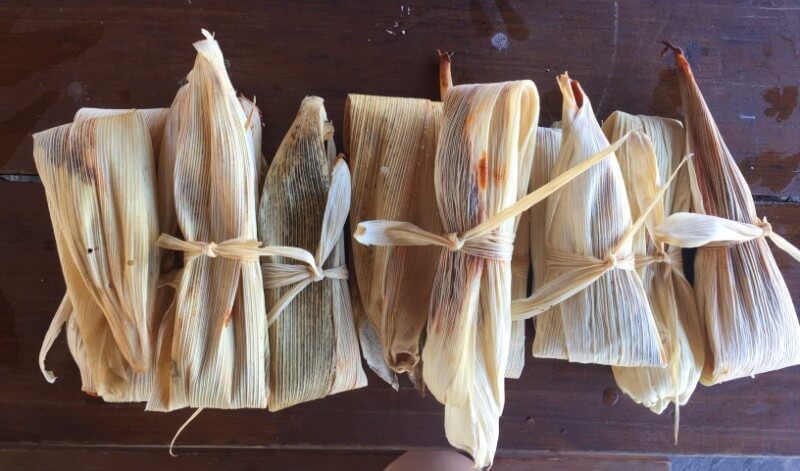
With the refreshment of some juicy oranges, most campers returned to the land to plant the Mexican native prickly pear cactus (which is surprisingly not prickly) called Nopal. A few campers opted to learn the tamale-making process with the wonderful kitchen staff.
In the afternoon, it was chicken time. One group learned the method of sprouting grains for the chicken feed. The sprouting process drastically improves the protein and bioavailability of nutrients, and ends up reducing the overall food needs by 30%. The other group juiced limes and watched as Lulu, director of the chicken operation, fed small amounts to some sick chickens.
Thursday, March 14th
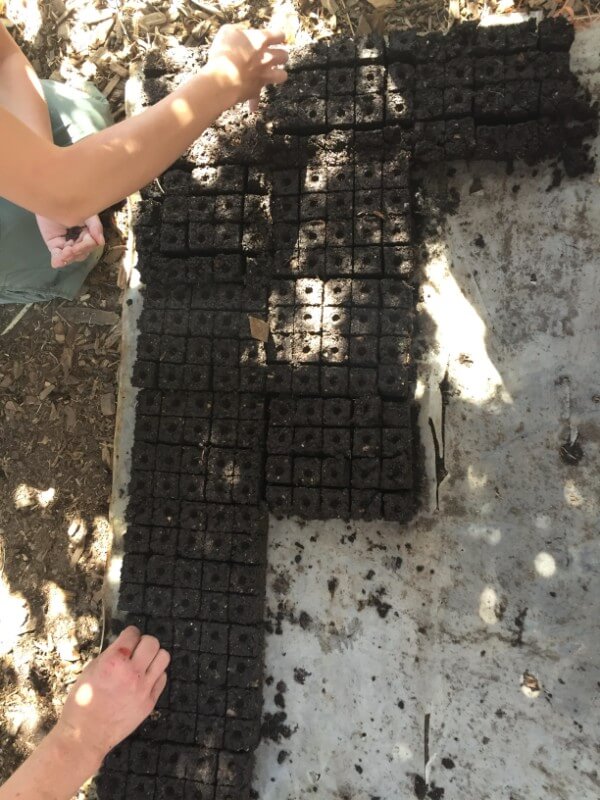
On Thursday, the campers split up to harvest produce for the Vía Orgánica store, turn a raised bed to plant with oats and fava bean cover crops, and create ready-to-plant, plastic-free soil blocks using a simple machine.
Afterwards, they learned how the ranch garden team creates a weekly compost tea using a combination of ground fish, kelp, humic acid and barrel compost (taken from a system of biodynamics). This mixture is added to water and aerated with a machine for 24 hours before being sprayed on the leaves of plants to prevent diseases.
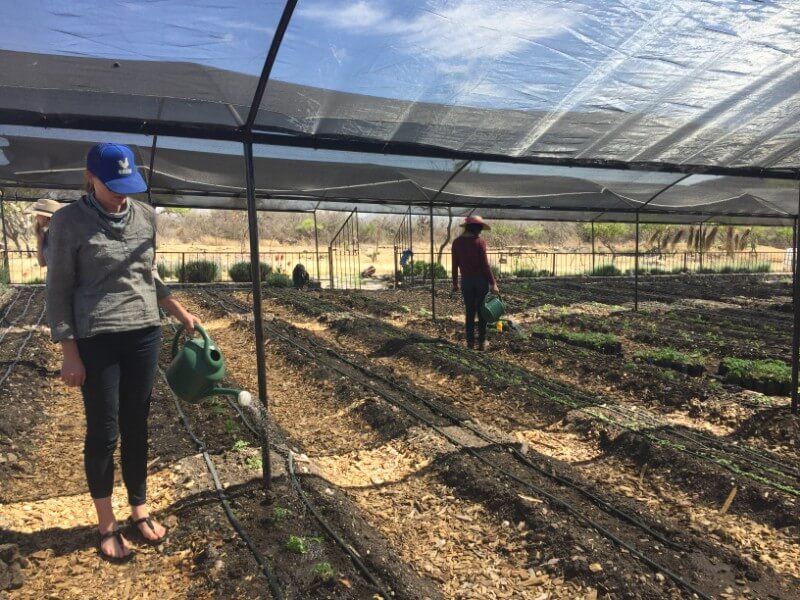
Campers used the afternoon to plant several tomato plants in the covered gardens near the agroforestry area. They discussed how vegetable production fits into ecosystem restoration, then sat down with Grover, a biodynamics enthusiast, to learn the basics of the unique approach to farming.
Friday, March 15th
On the last morning, campers assisted the garden team in processing sprouts for sale, transplanting lettuces and starting new sprouts.
The last activity was taught by Maria de Jesus, a chef, and Pilar, from Vía Orgánica, who explained the importance of traditional nixtamalization – the method of adding lime to the processing of corn for enhanced nutrition and improved digestion. Most tortillas in Mexico are missing the nutrition required for a mainstay food in the Mexican diet because they lack this technique. Campers had the opportunity to practice traditional tortilla-making before packing up for their various journeys ahead.
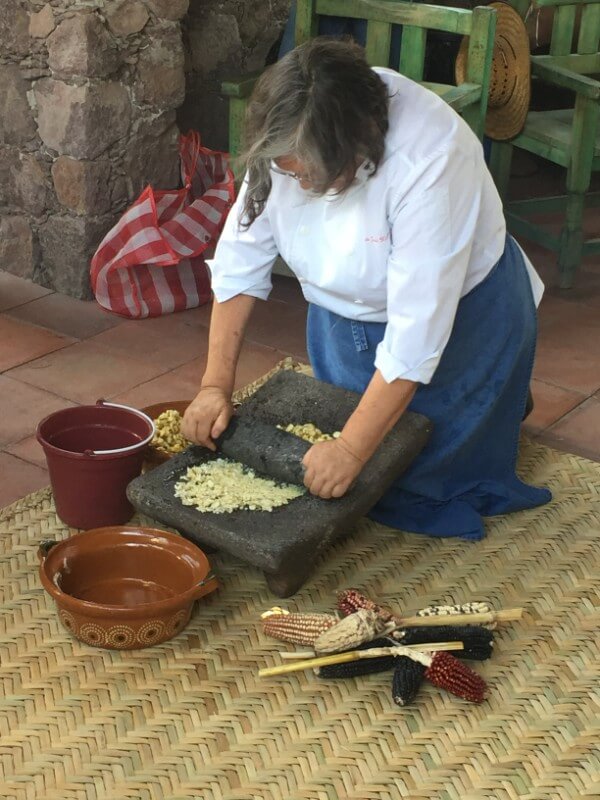
Over the two weeks at Vía Orgánica, many connections were made. Social connections, between campers who decided to volunteer at a ranch in Mexico and the dedicated and inspiring workers who made that camp run; intellectual connections, in learning how healthy ecosystems lead to healthy communities; and physical connections, between earth and body, as campers dug their hands into the soil to plant seeds. Gratitude underlined every activity and conversation – gratitude for the natural restorative abilities of the earth, for the teachers who took the time to share, and for the experience at Vía Orgánica through Ecosystem Restoration Camps and the Organic Consumers Association that made all of these connections possible.
Next Steps…
